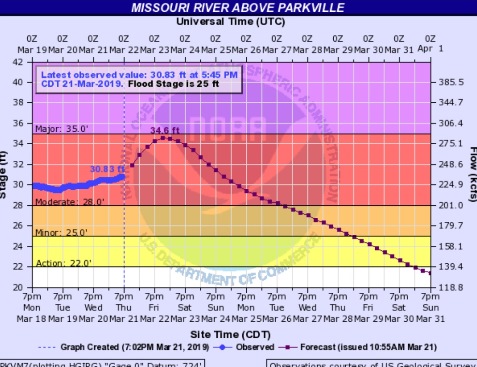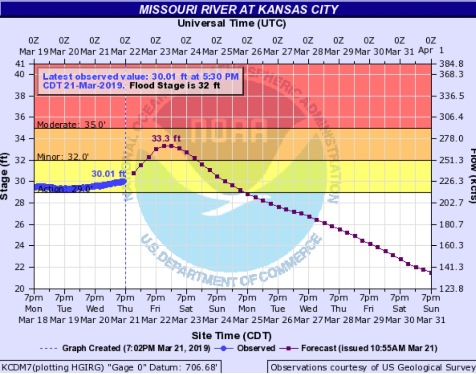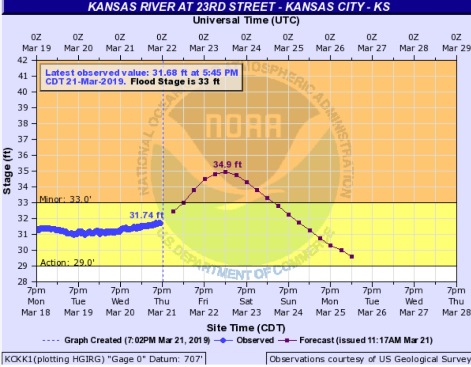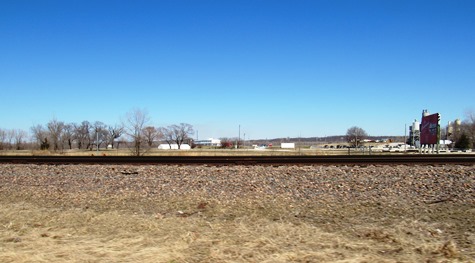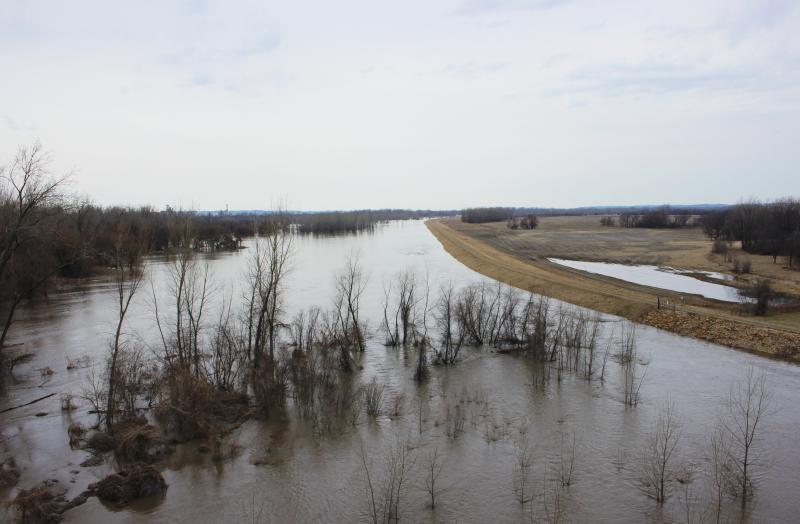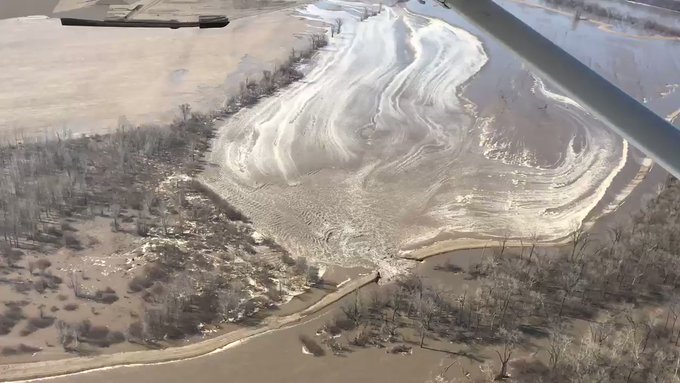by Mary Rupert
Before Senate Bill 102, the closed case DNA bill, passed the Kansas Senate Thursday, human rights activist Alvin Sykes was on the phone with Sen. David Haley, D-4th Dist.
Sykes, who had advocated for the bill, really wanted to be there in person when the bill passed. Instead, he had to settle for listening from a hospital room.
The bill that passed would set up a task force to study opening DNA searches to closed cases as well as open cases. It is supported by the Innocence Project. Sen. Haley said the bill would be “groundbreaking.”
Sykes was hospitalized after a fall on Saturday. Sykes said he was on his way to visit the Rev. Wheeler Parker, a cousin of Emmett Till’s, when Sykes fell at Union Station in Kansas City, Missouri.
Sykes has worked for many years on the Emmett Till Justice Campaign, and has been instrumental in the passage of laws that provide authorization and funding to reopen long-ago civil rights cases.
He was hurrying to get in line for a train on Saturday when he did not see a bench in front of him, because he is blind in one of his eyes, he said.
Sykes said he was fortunate that a doctor also was in line and came over to assist him. The doctor calmed him, prevented him from moving around and being further injured.
“I just kept saying, let my legs down,” Sykes said. “She said, ‘Your legs are down.’ That’s when I knew it was serious.”
He said he would like to find the doctor’s name and thank her.
Sykes said he has temporarily lost the use of his hands and legs, and was unable to contact many people recently.
While it could take a while for him to get back on his feet, he said he will return to his human rights work.
“I want to let people know that I’m going to make it back,” he said.
Senate Bill 102
Senate Bill 102 would set up a task force to study DNA searches on closed cases. The task force would have representation from many different areas, including law enforcement, prosecutors, defense attorneys, victim advocates, legislators, innocence organization litigators and others. The task force would make recommendations on protocols to be used in the future.
Sykes earlier had asked Sen. Haley to work on the bill, which is supported by the Midwest Innocence Project. Sen. Haley brought the bill to the Senate Judiciary Committee, which sponsored it.
Sykes believes that looking at closed cases as well as open cases could lead to information that would raise questions about whether the right person is in prison.
The bill was on the Senate’s consent calendar, and it had wide support. The bill passed the Senate Thursday, with only one no vote, and now will go to the House for consideration, where it will be assigned to a committee, Sen. Haley said.
“Senate Bill 102 would be groundbreaking nationally,” Sen. Haley said.
“I’m excited, to say the very least, it’s a major step for us to be the first in the country to fully employ DNA technology as it applies to all cases, both open and closed,” Sen. Haley said. “I’m excited to be a part of it, Alvin’s work and the Innocence Project, helping to bring this work to the country through Kansas.”
The bill passed one major hurdle, now it faces another in the House, Sen. Haley said. He said he was optimistic about its chances of passage.
Tricia Bushnell of the Innocence Project offered this statement: “The Midwest Innocence Project and the Innocence Project are thrilled that Kansas is on the precipice of becoming the first state in the nation to address this gaping hole in the criminal process. We heartily congratulate its champions Alvin Sykes, Senator Haley, and lawmakers in the Kansas Legislature and hope that other states look to Kansas to ensure that hits to closed cases can be used to enable justice for the wrongfully convicted.”
To see earlier stories on this topic, visit https://wyandotteonline.com/hearing-scheduled-tuesday-on-bill-on-expanding-dna-searches-to-closed-cases/.

